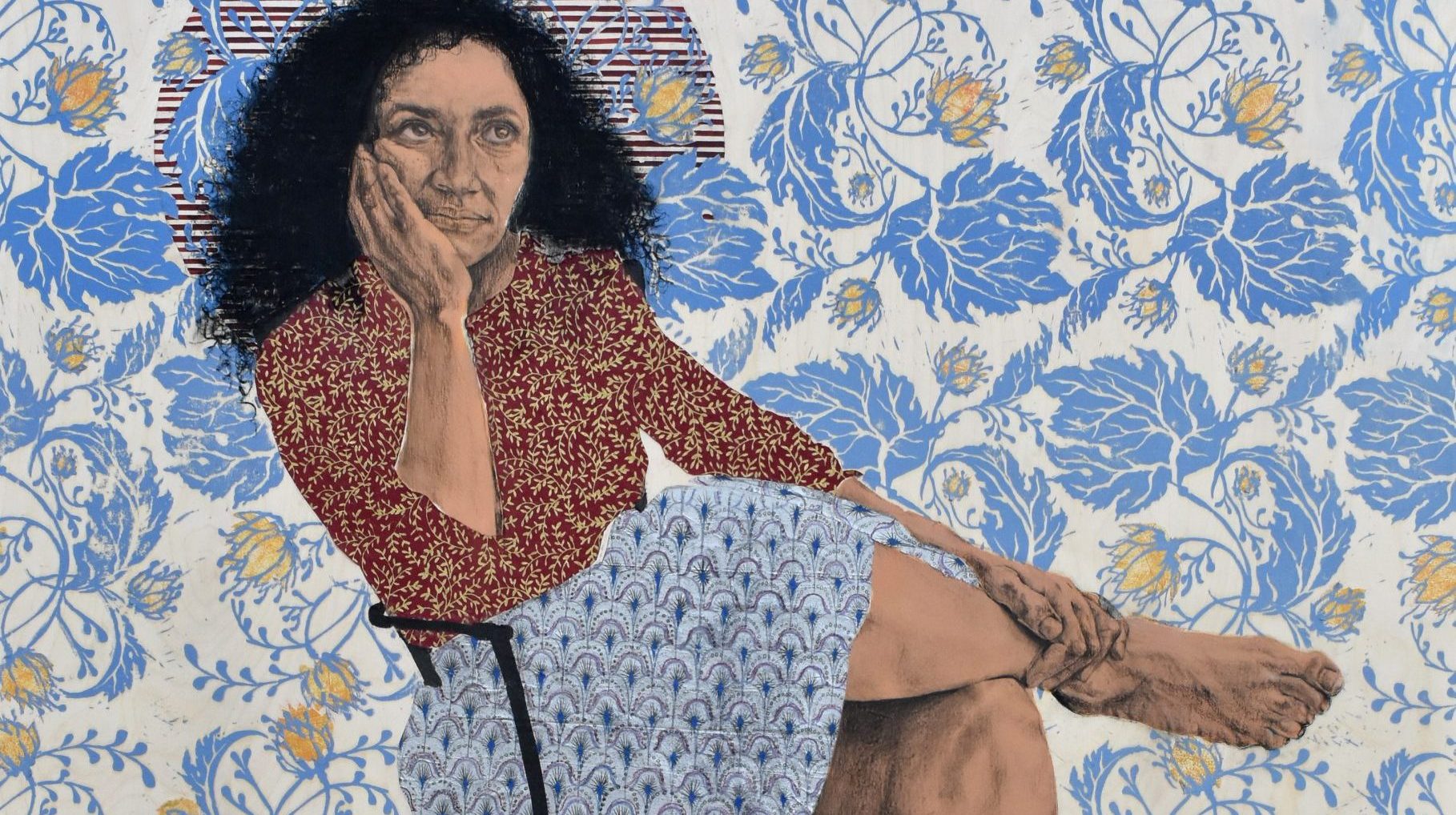By Regan Roberts
I recently finished reading The Bell Jar by Sylvia Plath, and it made me think about how much I look up to someone who stuck her head in an oven before her 31st birthday. I felt jealous that I hadn’t suffered as much, because it meant I had less to write about, which made me feel stupid for desiring to feel pain. Ever since art has existed, there’s been this idea that suffering is the payment required to create something valuable. The trope of the tortured artist was born.
Origins of the Trope
Some argue that this trope began with Plato, who associated creative genius with madness. The Romantics of the 1800s reinforced this idea, glorifying melancholia and framing art as the product of emotional pain. This persisted with Woolf, Hemingway, and Vonnegut. The writer’s suffering seems inseparable from their work, suggesting that it is suffering that fuels creativity.
The Pressure to Suffer for Art
My friend Chuck once told me that I needed to get my heart broken in order to be a good writer. When I finally did, I found that my writing reflected my emotions. Yet there exists a social contagion that writers must suffer for the sake of their art—that it is the price of artistic credibility. This doesn’t just romanticize suffering; it encourages writers to lean into it, to see pain as necessary and productive.
However, when writers try to resolve their suffering, their work doesn’t seem to suffer for it. After struggling with substance abuse, Stephen King pledged his sobriety in the late 1980s. He has written almost 50 novels since then. Even so, writers still face pressure not only to suffer for their art but to turn that suffering into something meaningful. Otherwise, it is “wasted.” This demands that writers commodify their pain, making suffering not only inevitable, but a responsibility.
Rejection of the Myth
Please, let me debunk this myth: suffering is not, and never will be, the price of greatness. If anything, unchecked pain can make it harder to focus, to write, to exist. Van Gogh was not a writer, but an artist all the same. I don’t think his mental illness made him a good painter, I think it terrified him. His art was not the product of his suffering, but his persistence through it. The Starry Night was painted while he was in an asylum, yes, but he was in treatment, searching for stability, not inspiration. Filmmaker David Lynch put it bluntly: “The only time [van Gogh] was happy, probably, was when he was painting.”
Lynch himself was known for his unsettling and often dark films, yet he rejects the notion that suffering is necessary for creativity. He began practicing Transcendental Meditation, a ritual aimed at easing suffering, in 1973 and he claims to have not missed a daily meditation since. His creative work may explore the darker parts of human existence, but his approach to living suggests that creative success is motivated by balance, not misery.
That’s the secret. What we received from these artists was in spite of their suffering, not because of it.
Many great writers do not create because they suffer; they create because they are curious, excited, and engaged with the world. Writing doesn’t require suffering; it requires attention—not just to pain, but to joy, limerence, contradiction, and the quiet moments of every day that tend to go unnoticed. The greatest writing comes from those who are in love with the world, not just hurt by it.



